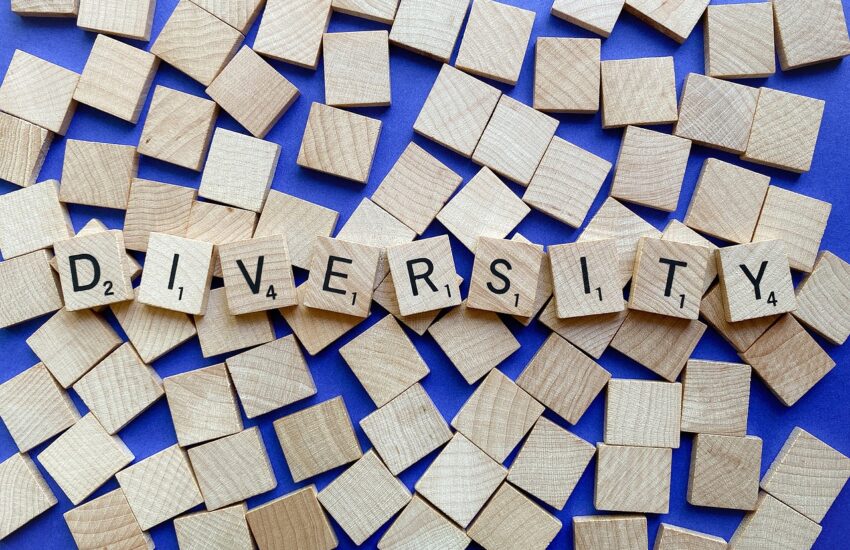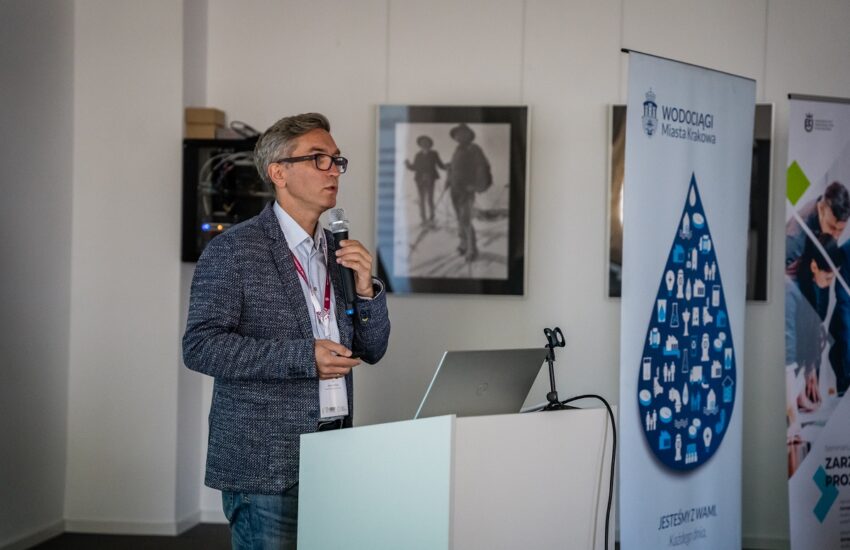Below are the answers to the last 3 research questions we presented in our October 14 blog post. This is a continuation of the October 21 answers, so we are numbering the questions in further order. The answer to the third question, how competencies were distributed in the research team according to seniority, can be described as follows. The results were consistent with the answer to the question of how the average competency gaps of team members are distributed across job groups. Employees with the least experience (up to 10 years of seniority) and those with the most experience (more
...............



